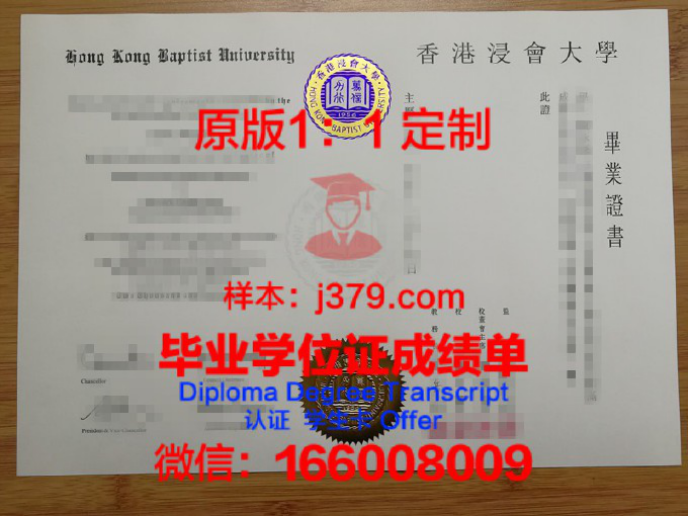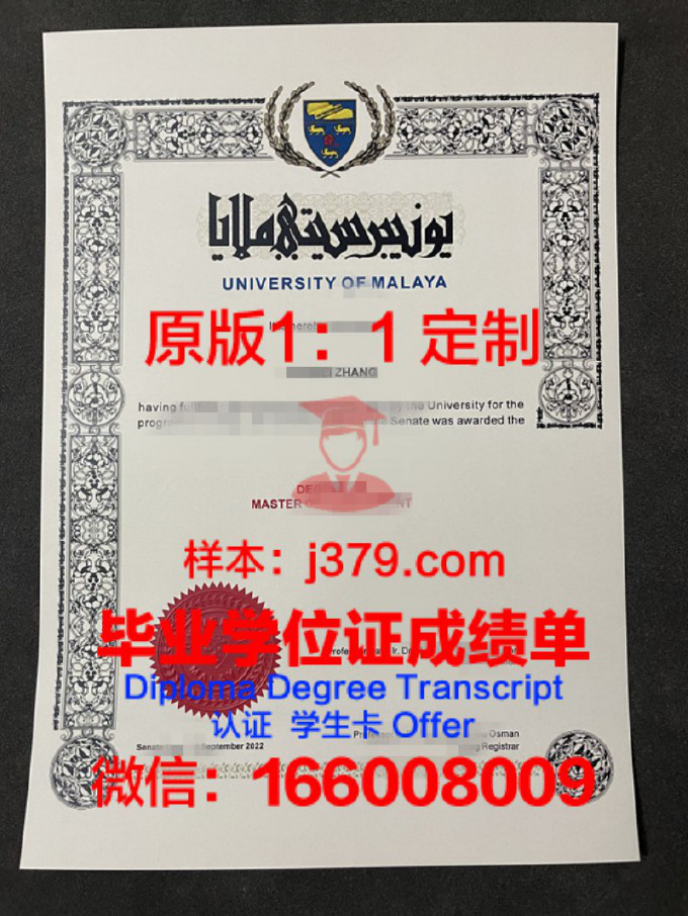
ThornburyHighSchool毕业证学位文凭学历Diploma

ThornburyHighSchool毕业证、本科、硕士、博士、成绩单、认证、样本图片、diploma案例原版。

Thornbury High School Graduation certificate, undergraduate, master, doctor, transcript, certification, sample picture, diploma case
Thornbury High and Northcote Tech. share a similar history. They were both set up in response to the post-war baby boom and both had their origins at Wales Street Primary School. The prosperous 1920s saw the construction of a number of purpose built secondary schools across Melbourne. Northcote Boys' and Preston Girls,' with their handsome red brick buildings, were a great step forward in the district. Most primary or "State" schools continued, as they had since the 1870s, to offer education up until the leaving age. However the years following this period were characterised by depression, war and then post-war austerity. Almost no new schools were built, yet there was an increasing demand for secondary education to become the norm, rather than a privilege, for the rising post-war generation.
The quarry lands to the east of the main population spine in the City of Northcote provided for generous and inexpensive sites compared to the cramped lots housing the older schools. Thornbury High opened first in 1962 with just 126 students, half of whom were girls. The buildings were typical of the "temporary" structures the government was rushing to complete to meet the insatiable demand for new schools. Northcote Technical School opened four years on, also initially at Wales Street until the gradual completion of permanent buildings between 1967 and 1971. Much of the initial agitation for a new technical school came from Counsellor Tony Matisi after whom one of our annual awards is named. There were 69 boys and 27 girls in its first year. There were three principals in these early years: Graham Lawson, Jim Hunt and Basil Cronin. When Doug Alkermade arrived in 1975 the school was well established. The contrast in building styles and fitments reflected the differing natures of the schools, with technical education receiving comparatively lavish funding at the time. It also reflected the greater government expenditure possible in the late 1960s compared to the first years of the decade.
Both schools operated along fairly traditional lines with the Tech offering practical trade subjects to a greater male student population and the High offering a standard academic program up to year twelve.
The character of a school is often influenced by its principal. Like the Tech., the High had a succession of headmasters in the first few years: W.Y. Johnson, Ken Mitchell and D. Dillon. L.G. Miller arrived in 1966 and was the first to stay longer than two years. In 1980 the long-term principal of Thornbury, Ian Ternes, retired and was replaced by Greg Cooney. Ternes had come from Footscray High in 1972 and built up Thornbury from almost nothing to be the largest school in the State with a strong emphasis on academic standards. He established the various influential parents' committees and under his leadership the school came to be characterised by ethnic diversity, but lead by a very strong Greek community. Greg Cooney was only with us for two years before going off to New Zealand but he was greatly admired and sustained the successful era with his talent for creating vision for the school community. He was followed by Vic. Irving, a conscientious administrator during whose time the school continued to obtain "Higher School Certificate" results comparable to the best schools in the State. In 1985 the dynamic and much loved Howard Kelly took over from the popular and agreeable George Holmes as principal of the Tech., renaming it "Darebin Parklands" (and initiating the infamous gold and blue exterior cladding) to reflect its shift away from purely technical education. A Year Twelve Technical Certificate was introduced. In 1987 there was an influx of staff and students from Collingwood Tech. which had been closed. During this period Kelly and Irving held discussions about the possibility of the two schools merging.
These discussions bore fruit in 1992 and the reorganised school was called, "Thornbury Darebin Secondary College." For several years it operated on the two sites, with juniors being at Thornbury and a campus with a senior flavour being set up on the Darebin site. At this time the new VCE was introduced. Teachers (and occasionally students) moved between the two sites as the large student population tested the limits of the School's infrastructure. The closure of Northland Secondary College brought us even more new students, some staff and, for a while, the famous Year 13 Art Program. An old warehouse was refitted as a studio to accommodate it.
The government, with the agreement of the School Council, planned the amalgamation of the two campuses onto one site - the Thornbury one being chosen because of its greater acreage. A building upgrade took place in 1998 and 1999 and the following year the site was ready for the reunited school. The old site was lavishly refurbished and has become the home of Distance Education and the School of Languages.
Leading administrators at this time were Wendy Pitt, Elizabeth Darling, Gordon Weir, John Lawson and Eddie Crouch. Upon the resignation of Vic Irving, Howard Kelly assumed the headmastership. Noel Spooner who had been at Wales Street replaced him in 1998. The School community did not select another permanent new principal until 2003 when Peter Egeberg came to us from Doncaster.
As during the previous decades, innovation changed the character of school life. The School was one of the first to adopt VET subjects, thus reviving some of the old tech school character. Similarly VCAL echoed the old T-12 certificate from 20 years ago. The Radio Station became well-known as SYN FM and carries on a tradition started with the television studio at Darebin Parklands. Multimedia and Media classes carry on the Art tradition of both schools and reflect the staggering growth of Information Technology in the last two decades. The 90s saw a strong growth in Music resulting in a program earning an outstanding reputation beyond the School.
In the middle of 2004 the "College" (as the School was now termed) felt that it was an appropriate time to simplify its name to better reflect other changes such as the new uniform, the new curriculum and reunited campus. The "High School" reflects the traditional academic origins of secondary education in the State and the "Thornbury" name is an accurate reflection of both its location and a reminder of its tradition.
A history of this School (and indeed any school) written in any period tends to magnify the unprecedented changes we feel we are experiencing at the time of writing. However a glance at old school magazines reveals that even in the 1960s and 1970s the school community also felt the "Winds of Change" (to borrow a phrase from the period). Every era is different, yet the continuity of school life somehow remains through the years as a reminder of the timelessness of young people and the vocation of teaching. Every principal has put his own stamp on the school and the recent name change and "New Directions" is part of my contribution to the future history of Thornbury High School.
At Thornbury High School we believe that a safe and secure learning environment, high academic standards and opportunities for students to pursue individual interests are the essential elements of an outstanding education.
At Thornbury High our purpose is to prepare students for a changing, diverse and sustainable world by;
Building knowledge and skills,
Encouraging effort and excellence,
Fostering resilience and integrity,
Developing a caring and cooperative learning community.
Core values arise out of what we believe to be important about people, about society and about learning and knowledge. Values inform and shape how the school is organised, how people relate to each other in school, how decisions are made, as well as the content and processes of teaching and learning. Staff, students and parents have identified the following core values;
Integrity, responsibility and respect - all community members are responsible for their own actions, treat others as they would want to be treated and are honest with each other.
Knowledge, skills and opportunity - all community members value knowledge, the development of new skills and we make the most of our opportunities.
Resilience and wellbeing - our community supports its members to adjust to change and encourages health and happiness.
Concern for others and community - our school welcomes community involvement and cares about the success and safety of others.
Excellence and persistence - we recognise the need to persist and put in the effort to achieve our best.
Inclusion and diversity - our school welcomes a range of cultures and respects their ideas and beliefs.
The School's vision centres around four main pillars which form the essentials of an outstanding education and future success:
Excellence and academic achievement for each student.
Developing values and fostering positive personal attributes in each student.
Providing a range of pathways through school and after school.
Fostering students' unique skills in areas such as the sciences, arts, music, leadership and sport.
At Thornbury High school there are three distinct phases in education;
Establishment and support (year 7 & 8).
Empowerment and Independence (year 9).
Specialisation and Pathways (year 10, 11 & 12).
In Year 7 & 8 students have the choice of mainstream program, the SEAL program or the High Achievers program;
In the mainstream program all students receive challenging but appropriate work. There is additional support for students with literacy problems and smaller class sizes.
The SEAL (Select Entry Accelerated Learning) program. The program provides a faster paced curriculum with greater study of abstract, complex and in-depth concepts with emphasis on investigative, problem solving and creative thinking. Students in the SEAL program complete years 7-10 in three years.
The High Achievers program with more challenging curriculum including some elements of SEAL but students are not accelerated as they complete year 7-10 over 4 years.
In year 9 students are involved in an authentic learning program with an emphasis on team learning, connections to the local community and the extensive use of information and communication technology. A significant part of their studies will occur in the newly renovated Knowledge Centre which is a flexible and multi-purpose learning environment.
In year 10 students will be prepared for their VCE studies but also have a range of curriculum choices. These choices include VCE studies, advanced Mathematics, Vocational and Education studies (VET) and a range of electives.
At year 11 and 12 students are able to complete a traditional academic program or an alternative 'hands-on' program called the Victorian Certificate of Applied Learning (VCAL). The academic program includes the sciences & mathematics, arts, commerce, humanities and technology. VCAL provides a more hands on approach with an emphasis on practical studies with a component of community & work experience.
ThornburyHighSchool毕业证学位、本科、硕士、博士、成绩单、认证、样本图片、diploma案例原版。
Thornbury High School Degree, undergraduate, master, doctor, transcript, certification, sample picture, original diploma case.